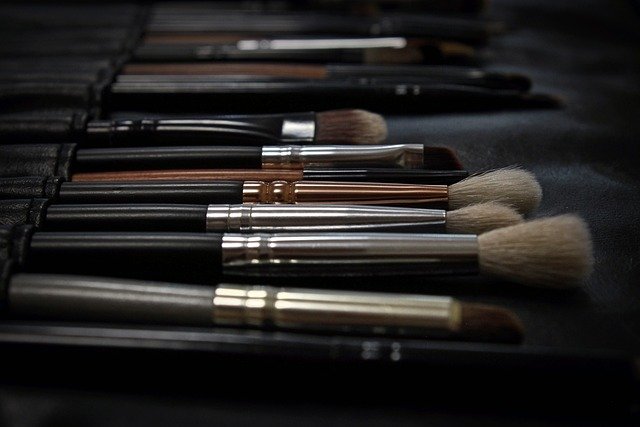Human vs Synthetic: Durability, Styling, and Care Considerations
Choosing between human and synthetic extensions requires understanding durability, styling flexibility, and maintenance demands. This article compares sourcing and fiber types (remy versus synthetic), common installation methods like weft, clipins, tapeins, sewin and bonding, and explains colormatching, longevity and upkeep so you can match extension choices to desired length and volume.

How do human and synthetic tresses differ in sourcing and fiber type
Human and synthetic extensions originate from different supply chains and processing methods. Human Remy hair is sourced from donors and processed to retain cuticle alignment, which preserves a natural feel and reduces tangling. Synthetic fibers are manufactured from polymers designed to mimic hair but they lack true cuticle structure. Sourcing affects ethical considerations, consistency of color and texture, and long-term wear. Remy human hair typically accepts dye and heat more reliably, while synthetic options are often available in a wide array of pre-dyed shades but may use heat-resistant blends only in higher-quality products.
What impacts longevity and durability of extensions
Longevity depends on fiber quality, how the extensions are attached, and daily care. Human Remy strands generally offer greater longevity when maintained correctly; they can handle washing, brushing, and occasional heat styling with less breakage. Synthetic fibers can be durable in shape retention—they hold curls longer without heat—but they are more prone to irreversible damage from high temperatures and harsh chemical processes. Factors such as how often the extensions are removed and reinstalled, exposure to chlorinated or salty water, and product buildup directly affect longevity. Proper storage and minimal mechanical stress help extend usable life for both types.
How does styling differ: heat, colormatching, and shaping
Styling flexibility is a key difference. Human fibers accept heat tools and can be colored, highlighted or toned to improve colormatching with natural tresses, though professional color work is recommended to preserve integrity. Synthetic fibers vary: some modern heat-friendly synthetics permit low-temperature styling, but many will melt or frizz under high heat. Colormatching with synthetic pieces often requires selecting the closest pre-dyed shade and may involve blending multiple wefts or tapeins to create a natural gradation. Human hair allows more tailored styling for updos, layering, and textured looks.
What installation methods suit each type: clipins, tapeins, sewin, bonding, weft
Installation affects comfort, appearance, and maintenance. Clipins are temporary and work well with both human and synthetic pieces, offering immediate volume and length without professional installation. Tapeins and weft sew-ins (sewin) are popular for semi-permanent wear; human hair tapeins and sewn wefts blend more seamlessly and tolerate repeated adjustments. Bonding methods use adhesives and may be less forgiving on synthetic fibers due to chemical interactions. When selecting an installation method, consider your daily routine, desired lifespan of the extensions, and how easily you want to change styles or remove the pieces.
What maintenance routines support length and volume
Maintenance practices differ but share common principles: gentle detangling, appropriate cleansing, and periodic conditioning. For Remy human hair, use sulfate-free shampoos, moderate heat protection, and deep-conditioning treatments to maintain length and volume. Synthetic extensions often require specialized shampoos and limited heat exposure; detangle from tips to roots and dry flat to preserve fiber shape. Regular maintenance appointments for tapeins, weft adjustments, or reapplication of bonded pieces help prevent slippage and matting. Consider storage solutions and protective night routines to reduce friction that can degrade both human and synthetic pieces.
How to decide based on maintenance, colormatching, and everyday wear
Choice depends on lifestyle, desired look, and willingness to maintain the extensions. Human Remy hair suits those seeking long-term styling flexibility and a natural blend, especially when precise colormatching and repeated heat styling are needed. Synthetic options can be cost-effective for specific styles that require minimal daily heat or for dramatic volume and color variety that hold shape. Assess sourcing transparency, expected longevity, and the level of maintenance you will sustain. Review installation options—clipins for short-term change, tapeins or sewin for longer-wear—and balance maintenance needs with the desired length and volume outcome.
Conclusion Both human and synthetic extensions offer distinct advantages: Remy human hair provides styling versatility and longer workable life with careful maintenance, while synthetic fibers can deliver consistent shapes and vivid shades with less daily styling effort. Consider sourcing, the installation method suited to your routine, realistic maintenance commitments, and colormatching needs when choosing extensions. A clear understanding of durability and care will help align expectations with the results you want for your tresses and overall appearance.





